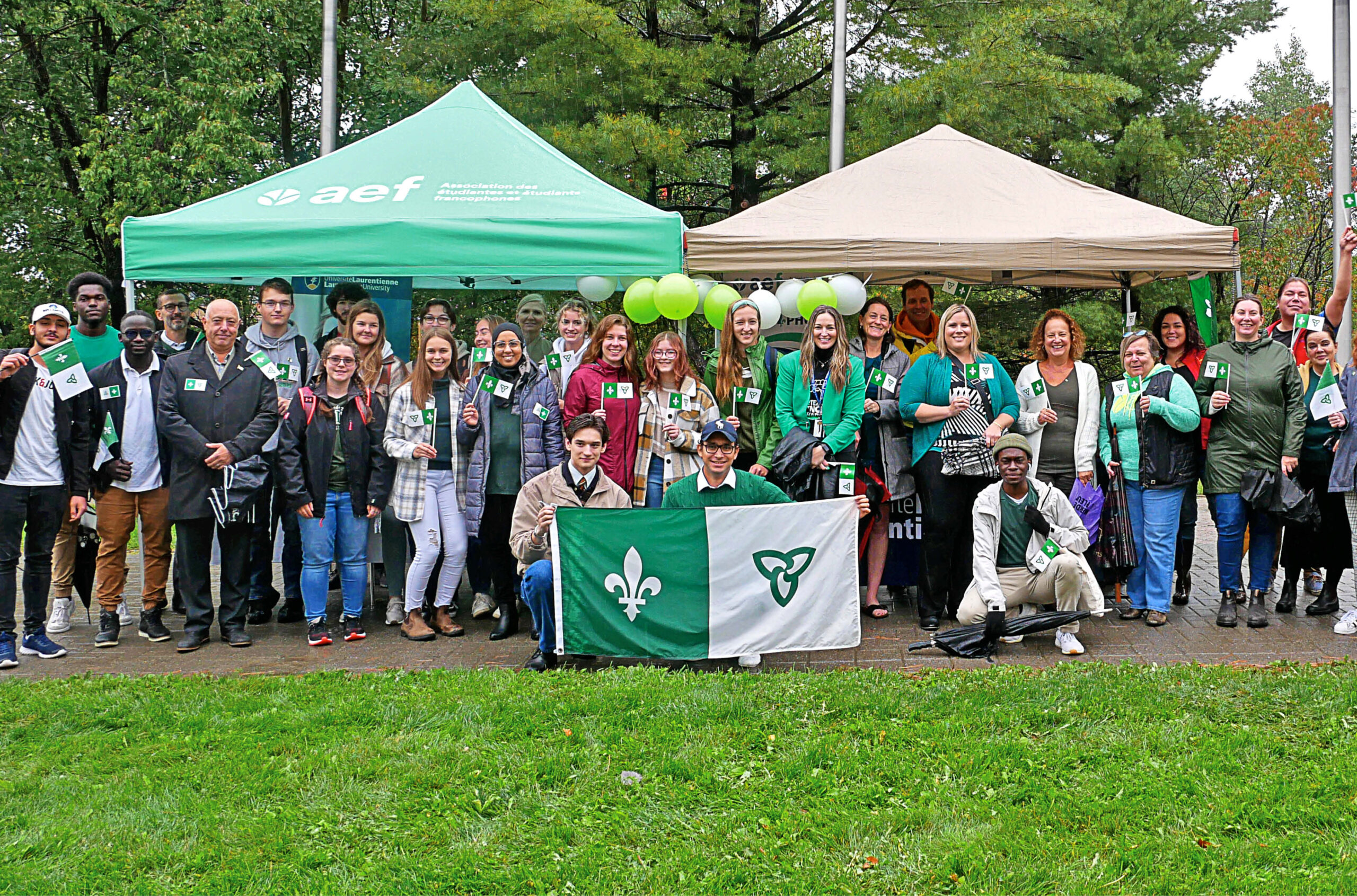How the pandemic pushed university communications teams to the brink
For nearly two years, employees who handle everything from media relations to website development have been working long hours, often under intense pressure.

As the person who handles media queries related to administration at the University of British Columbia, Matthew Ramsey says his job is a busy one at the best of times. But since March 2020, when the pandemic reached fever pitch and UBC pivoted almost overnight to online teaching, digital services and remote work for most administrative employees, he and his colleagues have often been overwhelmed by the demand for their services.
“When we first went remote, I worked 23 days straight at my kitchen table,” said Mr. Ramsey, a former journalist who joined UBC seven years ago as director of university affairs. “Everyone was talking to everyone else all at once as things unfolded in real time. I couldn’t leave my desk long enough to unload the dishwasher without my phone going off.”
Though the life-and-death urgency of the pandemic’s early days has waned, Mr. Ramsey said the level of importance for communicating vital information related to COVID-19 across all channels to UBC’s 70,000 students, 6,000 faculty and 11,000 staff on two campuses has remained high.
“There’s been a ton of output,” said Mr. Ramsey, who has responded to close to 700 media inquiries and assisted in the production of dozens of significant announcements to faculty and staff since early 2020. “And we’re still getting those moments when we have to drop everything to deal with some new development.”
That is a familiar refrain in communications departments at Canadian universities as governments and institutions across much of the world continue to grapple with COVID-19.
For the past 21 months and counting, university employees who handle everything from media relations to website development have been working long hours, often under intense pressure. They produce and disseminate information on shutting down or resuming school services, for example, or on public health requirements for life on and off campus.
The experience has left many feeling emptied and exhausted – but also satisfied by their performance under trying conditions in a crisis that pushed their resilience, skills and abilities to the limit and forced them to adapt quickly to new tools and new ways of working.
“I’m extremely proud of our team,” said David Estok, vice-president, communications at the University of Toronto. “They’ve worked incredibly hard while quickly innovating and picking up new technologies in this highly disruptive climate.”
Mr. Estok led one of the first actions U of T took at the outset of the pandemic: funnelling both internal and external communications through a single office. “Clear communications are crucial in a crisis,” he said.
The school also launched a new website – UTogether – that continues to provide the latest information, videos and FAQs on COVID-19. “Our message from the get-go was that safety is our No. 1 priority,” said Mr. Estok.
Nearly 50 people have been handling centralized communications at U of T during the pandemic, almost all of whom have worked remotely using now-ubiquitous platforms like Zoom and Teams that were unknown just two years ago.
Early on, the U of T’s communication innovations lab also launched three podcasts and video series on the impact of COVID-19. One of them, What’s Next, features Vivek Goel, a renowned public health specialist who was then special advisor to the president and provost at U of T, responding to basic questions about COVID-19. (Dr. Goel has since become president of the University of Waterloo.) The short podcasts have reached two million people worldwide. “They have paid huge dividends in terms of communication and messaging,” said Mr. Estok.
For his part, Corey Hogan, the University of Calgary’s vice-president, advancement (a position that includes responsibility for communications), has been wowed by the commitment and expertise of his staff in a province that was largely spared during the first wave of the pandemic, but which has been hit hard since then.
“About 40 per cent of our time [this fall] has been spent on communications involving COVID-19,” said Mr. Hogan. “We’ve had to deal with vaccine passports, physical restrictions, a two-day school closure – even online rumours, especially at the start of the school year. It’s been very stressful and difficult for the whole team.”
Adding to the workload of U of Calgary’s 60-member central communications team has been the need to constantly monitor and sometimes comment on hot-button social issues like the Black Lives Matter movement and Indigenous reconciliation.
“We’ve been running on adrenaline, which is tough when you’re in a marathon like the pandemic,” said Mr. Hogan. “If we’ve learned anything, it’s the need to set boundaries in time and space in a world without observable boundaries,” he said. “If you don’t, deadlines and meetings start to bleed outside the workday, and that’s not good for anyone.”
For Tony Frost, who joined Carleton University as inaugural chief communications officer a year ago, the impacts of COVID-19 have both led to and underscored the need for sweeping changes in how, when and where postsecondary institutions communicate, and the skills and tools needed to do the job.
“When the SARS epidemic hit 25 years ago, we didn’t have the number of communication channels we have today,” said Mr. Frost, who has worked in higher education since that time. “Back then we only had TV, radio and newspapers and a much slower news cycle. Now, social media is 24/7 and legitimate news platforms are constantly pushing content. You have to stay on top of things like never before, because things are constantly changing in real time. You have to be responsive and pro-active because there is a landslide of need for all of us who communicate with our audiences.”
He added that because students today are both digitally savvy and constantly plugged into social media, universities need to be able to monitor information from many sources and act decisively to communicate information. “You can no longer rely on a memo: now its e-mails, social media, speaking notes and even posters on campus,” Mr. Frost said.
He added that the volume and speed at which information is created and transmitted today has led to structural changes in university communications, such as the building of digital teams designed to respond rapidly when needed. It has also meant that daily communications reports are the norm instead of weekly, monthly or even quarterly ones.
“Working remotely has also changed our days,” said Mr. Frost. “We don’t work 9-to-5 anymore, now it’s just one long day with no commute. The pandemic has opened the potential for a hybrid or remote workforce. I find it liberating, but it’s not for everyone.”
Featured Jobs
- Business – Lecturer or Assistant Professor, 2-year term (Strategic Management) McMaster University
- Psychology - Assistant Professor (Speech-Language Pathology)University of Victoria
- Veterinary Medicine - Faculty Position (Large Animal Internal Medicine) University of Saskatchewan
- Canada Excellence Research Chair in Computational Social Science, AI, and Democracy (Associate or Full Professor)McGill University
- Education - (2) Assistant or Associate Professors, Teaching Scholars (Educational Leadership)Western University
















Post a comment
University Affairs moderates all comments according to the following guidelines. If approved, comments generally appear within one business day. We may republish particularly insightful remarks in our print edition or elsewhere.